Kumbhalgarh Fort of Royal Rajasthan - A grand example of Indian defence Architecture within the second Longest Wall in the world
Now that Rajasthan has reopened for tourism, it was a natural choice for us when it came to planning our first trip post lockdown. We knew it would be challenging, we knew it would be restrictive and we knew that we would need to take precautions and be responsible at every step. So, armed with masks and sanitizers, we headed off to Kumbhalgarh, which was going to be our first stop in Rajasthan.
While we will be talking about Kumbhalgarh in greater details, this post is dedicated to the Kumbhalgarh fort, a massive invincible structure that has withstood several sieges, conspiracies, and most importantly, the test of time. As you move closer to the fort, its bulbous watch towers confirm the stories that you have heard so far - that it was impossible to scale these walls and get past these gates, making the kingdom within practically impenetrable.
Before this, I had seen Chittorgarh, another massive fortress in Mewar region of Rajasthan and I had absolutely loved it. However, while Chittorgarh fort only survives in ruins today, Kumbhalgarh fort is mostly intact owing to a recent restoration in the 19th century by Maharana Fateh Singh. Both the fortresses are beautiful in their own rights.
Built in the 15th century, the Kumbhalgarh fort is located about 85kms from Udaipur in the relatively lush hills of Rajasamand District of Mewar. As a result the weather is relatively cooler here even in summers. However the best time to visit is winter - from October to February - mostly because it can get very uncomfortable to climb up to the palace in summer months.
As of now, the Kumbhalgarh fort is open for visitors (even as the Covid-19 pandemic is still raging). The light and sound show isn't happening as of now, but every evening, the fort administration does turn on the lights for a few minutes. The fort walls look quite beautiful when these lights are on, especially because the fort is surrounded by wilderness and protected forest area. So when you plan your trip to the fort, make sure you stay for a few minutes after the sunset to witness this lighting.
The ticket is Rs 35 per person inclusive of cameras. If you are driving up to the fort, you will need to pay additional Rs 40 for parking. However, unless you reach really really early, you may not find parking close to the main entrance and may need to walk considerable distance. You may want to drop your passengers close to the entrance and come back and park your car.
As soon as you enter the fort, you will find guides who you can hire. The charges they quote are Rs. 850 for the group. A few feet away you will also find a couple of little children who also offer their services as the guides. These children belong to the seven families who still reside within the walls of the fort. You can hire them for Rs 300 per group.
However, since they aren't registered guides, they will not be able to enter the Palace, so they will leave you at the gate after showing you the temples and the watch tower. Also these children will run through a script that they have memorized, but won't be able to answer any questions that you may have about the history of the place and So you should make a judgement call based on what you prefer.
The Kumbhalgarh Fort was designed by the famous 15th-century architect, Mandan, and commissioned by Rana Kumbha. It is built at about 3600 ft above the sea level and is surrounded by a 36-km long wall, which is the longest in India and second longest in the world, after the Great Wall of China.
When you first enter the Kumbhalgarh complex, chances are that your guide will first take you toward the right to visit the Temples - Neelkanth Mahadev Temple, Devi Temple, and Ganesh Temple.
These are all beautiful structures and out of all these temples, pooja is still performed in the Neelkanth Mahadev temple.
From the Devi Temple and Ganesh Temple Complex, you can climb up to the wall of the fort. You can then walk all the way to the ramp leading up to the Kumbha Palace. You realize the sheer size of the structure once you make it up to the wall, and what a mammoth task it must have been to build this fortress using mostly rocks. The wall is indeed wide enough to allow 6 (if not 8, as legend claims) full-grown Mewari horses to walk abreast. From the wall, you can also take in the surrounding wilderness and the Kumbhalgarh town.
As you head up to the first gate, you gain a deeper understanding of the defense mechanisms in place. Not only did the fortress have the watchtowers and walls meant a big advantage against the enemy that would strike from below, the gates themselves were quite strong. They were narrow, so that not too many elephants/people could enter at once. They were practically unmanageable by human hands. And they had large, sharp iron nails jutting out so that elephants too could not be used to break through.
In total, there are 3 such gates that you need to cross and after that you reach the baodi and the birth place of Maharana Pratap. When we visited Kumbhalgarh, this structure was closed temporarily, so we headed up to Badal Mahal, which is a two-storied structure that offering the best view of the surroundings. However, it is very scary to walk up to the tallest part and look down. Not only is the structure really tall, the boundary and railings do not give you any confidence in their sturdiness. Since we had little children with us, we headed down immediately.
Badal Mahal is divided into the Mardana and Zanana areas, like most of the other palaces in Mewar, and apparently both the King and the Queen used to dispense justice in their respective areas. The palace also has jails to hold the criminals. Ironically, these are also the living quarters of the King and the Queen and were once adorned by beautiful wall paintings. The Zenana part also has the shrine of Bhiru baba, the ascetic who as per the local legend willingly sacrificed himself so that the fort walls could stay up and invincible.
It takes some time to explore these structures, so don't hurry through them. Climb the climbable stairs and read the inscriptions. But be safe as the boundaries are quite feeble. Also, remember to wear comfortable walking shoes, because you will be walking quite a bit.
The next structure we explored was the Kumbh Mahal. Of all the structures in the complex, I found this to be the most beautiful with paths leading into courtyards and then to other courtyards. It was like a maze and very easy to lose your way in it all. But this is how I like forts - with a bit of mystery and something that leaves a lot up to your imagination.
From the top of the fort, you see various temples spread over the mountains around the main fort of Kumbalgarh. Above photograph shows one such temple. In total, there are 364 temples inside the great wall of Kumbalgarh Fort. 300 out of those temples are Jain temples.
Above photograph shows a cluster of Jain temples at a distance. We didn't go there, but I would love to walk around the fort for 2 days at least to explore other temples which may demand reasonable amount of hike but I am sure Travellingcamera will love it.
Above photograph shows the cluster of Jain Temple on right top part and a water dam kind of structure on left-bottom of the photograph. We missed our binoculars at Kumbalgarh fort. So if you are planning a visit to Kumbalgarh Fort, do carry your binoculars to see these structures with better details.
Above is another photograph of temple at a distance, which we saw from the top of the Kumbalgarh Fort.
There are plenty of other structures within the fort walls that you can spend time exploring. We could only look at these from a distance, but if time allows, you can walk about and explore temples and other historical structures. You can easily spend one entire day or two here, if not more.
Overall, the Kumbhalgarh Fort was a great experience for us. If you are a history buff or like mysterious old places, you should definitely explore this fort. You will carry these memories for years to come.
If you liked this post and found it helpful, I would request you to follow these things when traveling -
1. Manage your waste well and don’t litter Use dustbins.
2. Tell us if you went to a place and found it hard to locate a dustbin.
3. Avoid bottle waters in hills. Usually you get clean water in hills and water bottles create lot of mess in our ecosystem.
4. Say big no to plastic and avoid those unhealthy snacks packed in plastic bags. Rather buy fruits.
5. Don't play loud blaring music in forests of jungle camps. You are a guest in that ecosystem and disturbing the locals (humans and animals) is not polite.









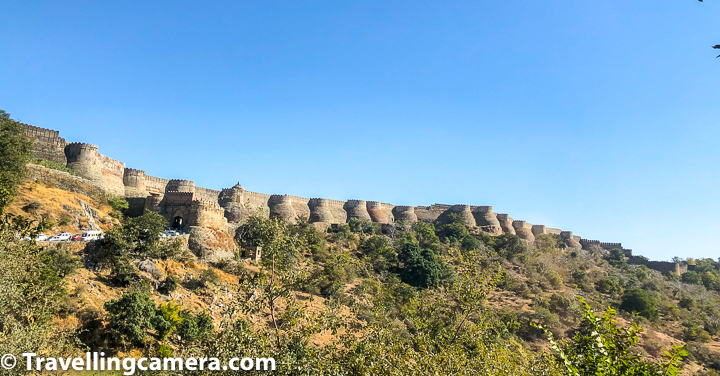




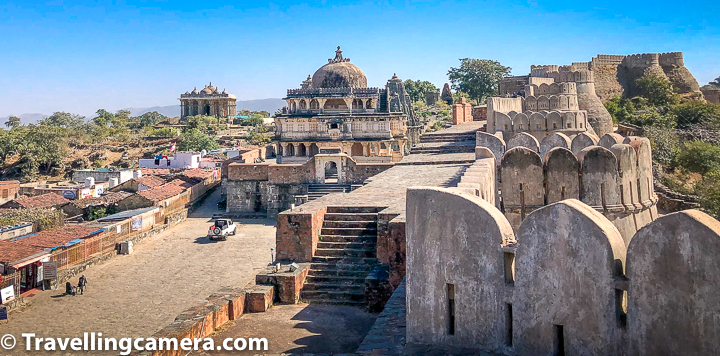
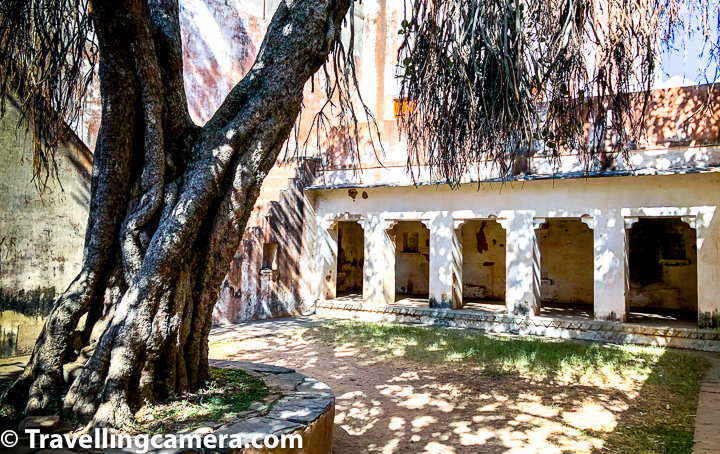
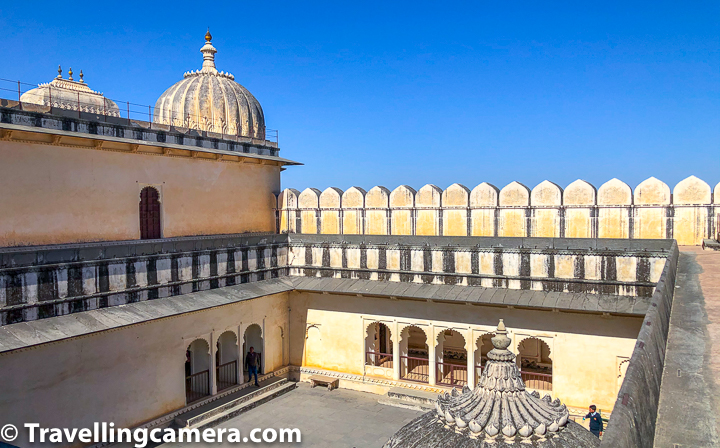

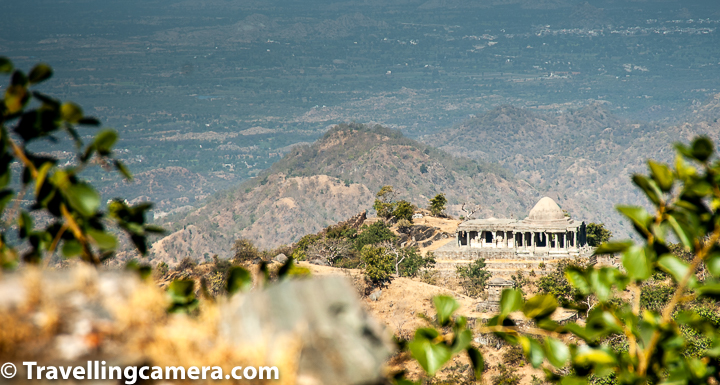

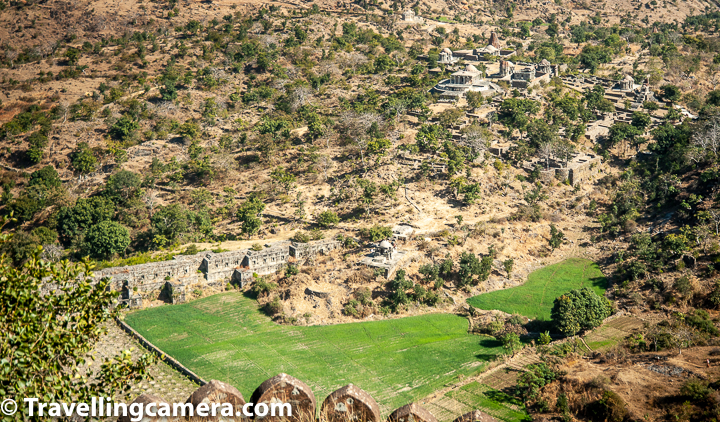



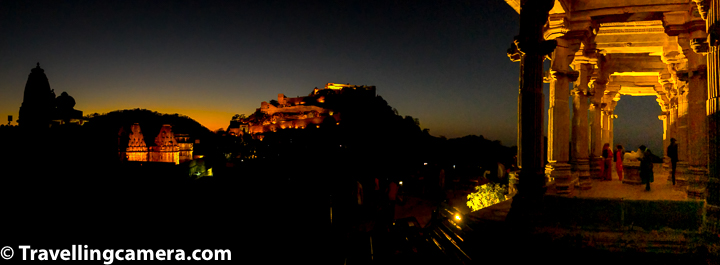


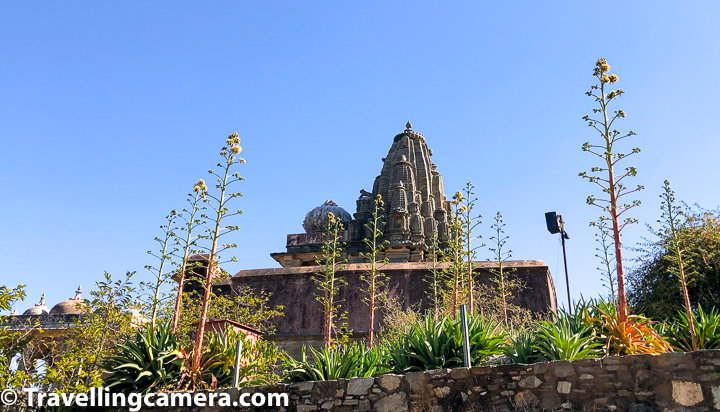



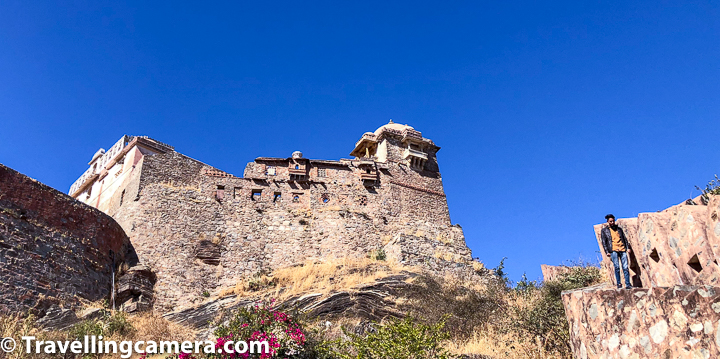









.jpg)
Comments